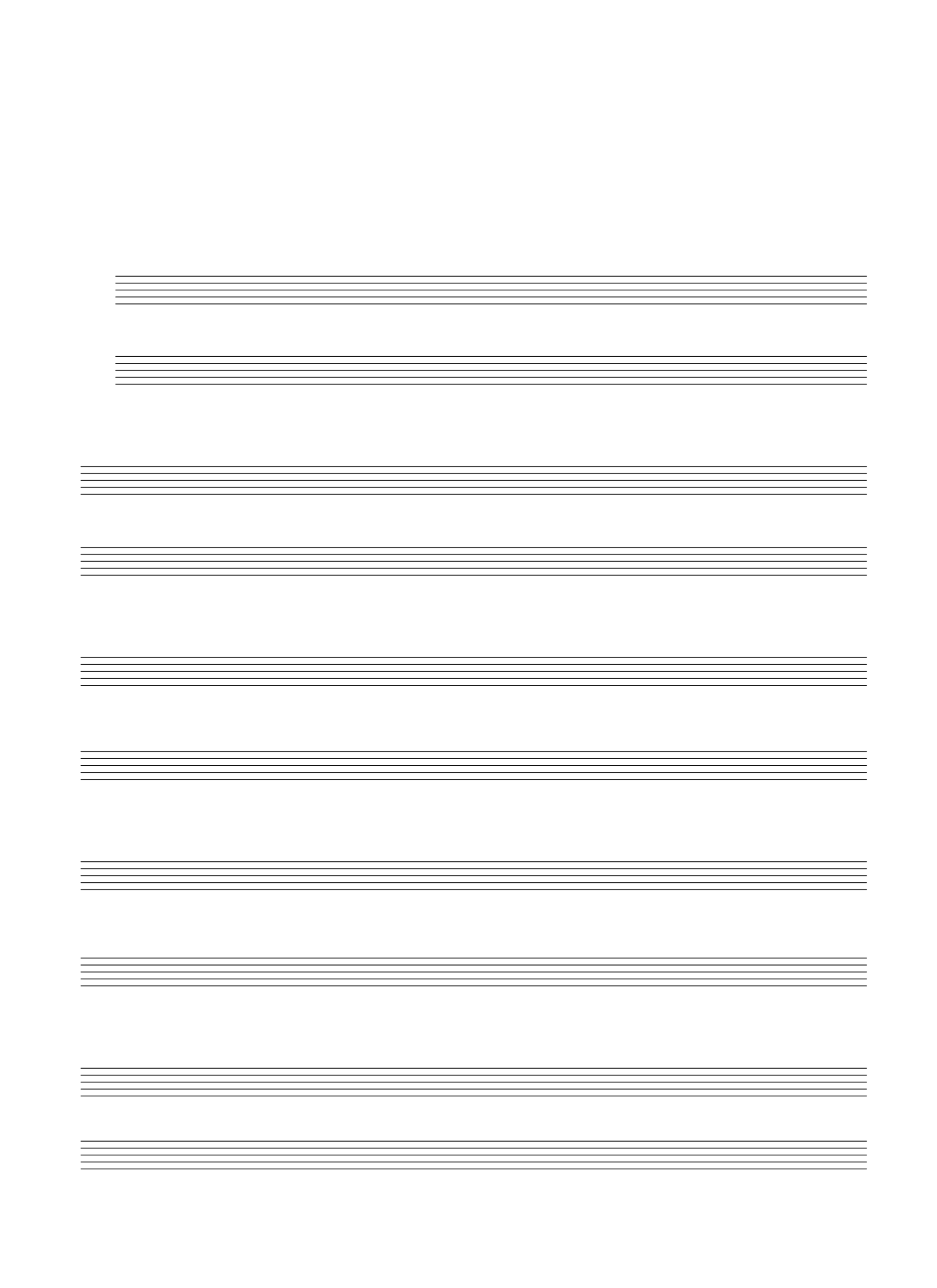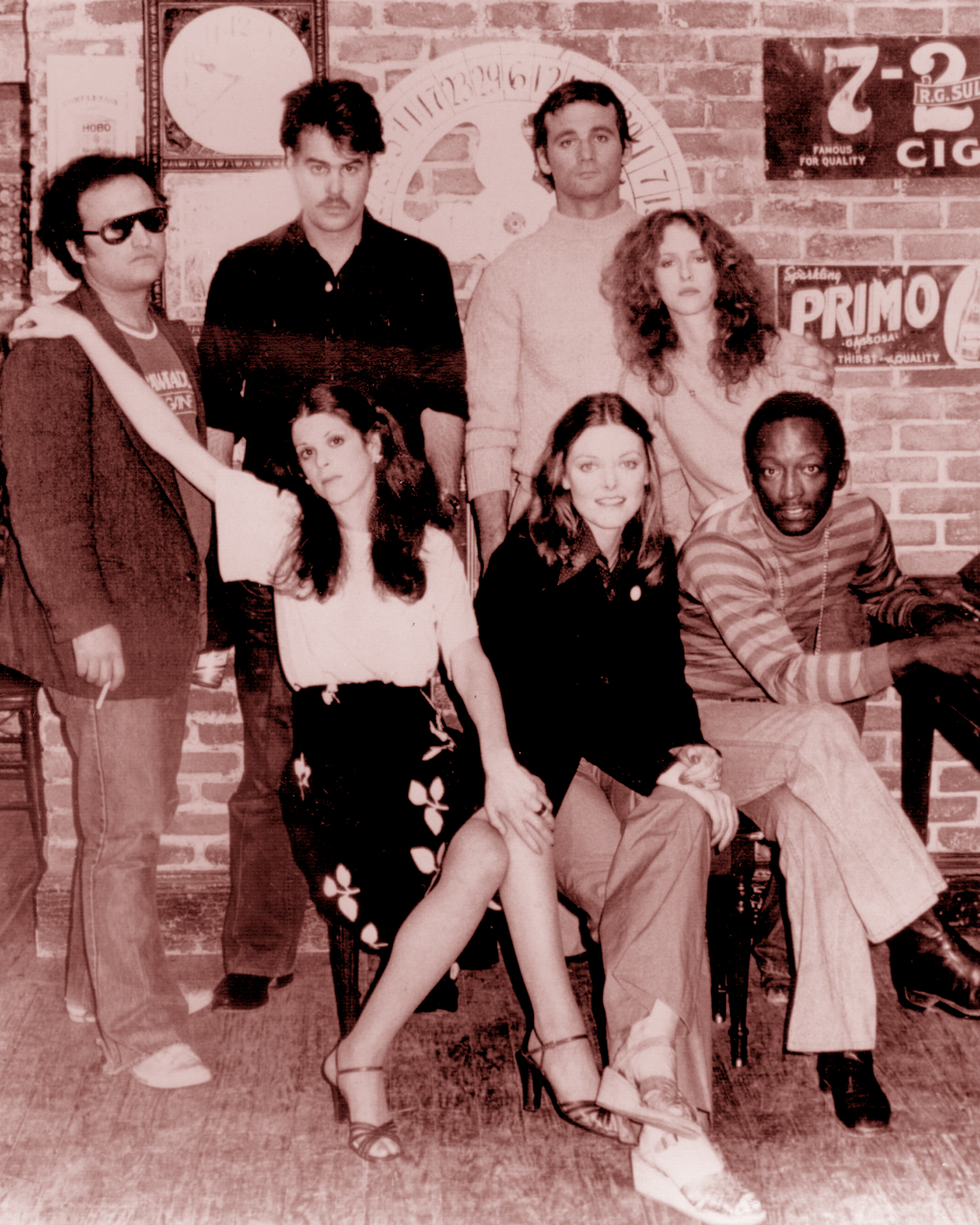Introduction to Sarabanda
Sarabanda, a term deeply rooted in the cultural tapestry of the 16th and 17th centuries, refers to both a dance form and a type of musical rhythm that holds great historical significance. Originating in Spain, Sarabanda found its way into the courts of Europe, evolving into a celebrated element of Baroque music. Understanding its historical context and continued relevance in contemporary culture showcases the richness of cultural heritage and artistry.
The Historical Context
The Sarabanda dance was believed to have originated from the Mexican dance ‘zarabanda’, which was associated with a rather playful and sometimes lascivious character. By the 17th century, it had transformed into a courtly dance in Spain before making its way into France and Italy. As it spread across Europe, it was adapted by composers like Bach and Handel, who incorporated its distinctively slow tempo and triple metre into their compositions.
Sarabanda in Music Composition
Musically, Sarabanda is known for its distinctive rhythm and emotional depth. Its popularity can be observed in various musical compositions, most notably in the works of Johann Sebastian Bach who used the Sarabanda form in several of his suites. The slow, stately nature of the Sarabanda allowed composers to express nuanced emotions, making it a favoured choice for musicians during the Baroque period. The dance’s structure—frequently comprising an emphasis on the second beat—also contributed to its rhythmic appeal.
Modern Relevance of Sarabanda
In modern times, Sarabanda continues to be a relevant term within the realms of dance and music. Contemporary musicians and choreographers have revisited this historical form, exploring its rhythmic and melodic qualities in various genres ranging from classical to contemporary ballet. Furthermore, the Sarabanda’s influence can be seen in modern music, often appearing in lyrical themes that seek to encapsulate the essence of emotional expression.
Conclusion
The Sarabanda stands as a testament to the evolving nature of cultural expressions through dance and music. Its journey from Spanish origins to being a staple in classical compositions highlights the interconnectedness of artistic forms across time and geography. As we look to the future, the enduring legacy of Sarabanda remains important, reminding us of our cultural history and the ways in which art can transcend time and foster connections among diverse audiences.


